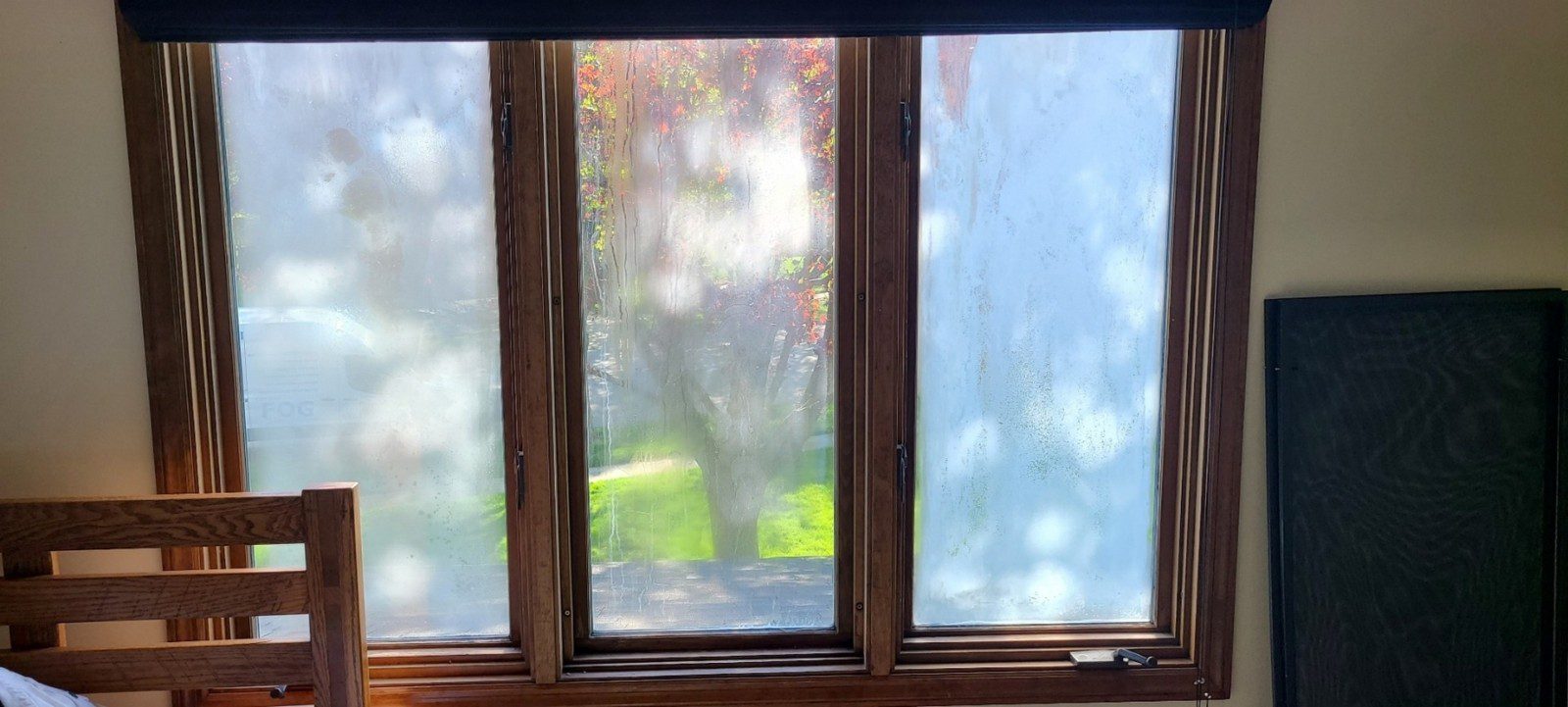>570 reviews

Foggy windows — what a bummer, huh? One moment, you’re savoring the view outside, and the next you’re gazing at a soggy smudge rather than a sharp scene. This misting usually shows when warm indoor air hits the cold glass surface — especially in the coldest months — and, if left untreated, can lead to greater problems like mold or mildew.
Remember, condensation can sometimes get into your window frames and seals, especially if it happens often. Over time, that dampness can do serious damage, from rotting wood to expensive repairs. Addressing window fogging quickly is about more than just looks; it’s also a wise way to protect your home and keep a comfortable indoor environment.
f you want to maintain sparkling clean windows, it can help to begin with some simple techniques. Each method attacks the root humidity or temperature difference, and a combination of strategies often works best.
This type of measure may only reduce fogging temporarily; deeper issues — such as failed seals or aging frames — may still exist. In these cases, a thorough inspection or even a professional evaluation may be necessary to permanently solve the problem.

There are several overlapping factors that could be contributing to condensation on your windows. Sometimes it’s just the basic conflict between cold outdoor air and warmer inside spaces, but other times there may be secret saboteurs like large masses of houseplants or bad ventilation.
If you notice recurring fogging, it could mean you have insulation trouble or an issue with your seals, and our double pane window replacement service will clear up these problems for good while improving a window’s energy efficiency as well! If you’re still not sure what might be causing the haze, here are the most common culprits.
Pinpointing what’s causing your windows to fog is half the battle. It might be as simple as modifying your habits or as complex as bringing in specialists for major insulation or seal issues.
She said that window seals are strong with time, but abusing the weather can damage them. Defeat that, and condensation between the panes typically ensues, and that’s often your cue that something more than routine maintenance is in order.
Modern double-glazed windows can typically last 15 years or so under normal conditions. They have two seals — a moisture- and corrosion-blocking inner seal, and an outer seal for structural support — and a moisture-absorbing substance in the space between the panes. When the first seal fails, the second one might hold things steady for a while, but eventually that one succumbs to wear and tear and gives way to invading moisture.
If water droplets persist on the glass despite your efforts or if you grow tired of constantly wiping away that clammy film, it might be time for a professional visit. In many cases a seal replacement or thorough assessment can bring your window’s clarity back. With significant wear and tear or if the window technology is outdated, a total replacement may be a more responsible long-term investment.
Our Historic Window Restoration service is perfect for owners of heritage buildings and older homes. You retain the charm of those original windows while bidding farewell to constant fogging. It’s genuinely comforting to know that you can retain the character of your home and enjoy the benefits of contemporary energy efficiency at the same time. If you are ready to send that ugly condensation flying, call Window Gurus and we’ll find the real problem, fix the broken and leave your windows looking sparkling and bright for years to come!
Contact us now for a free estimate and take the first step toward repairing your windows!
You May Also Be Interested In:
Please leave your contact details.
The manager will contact you shortly.